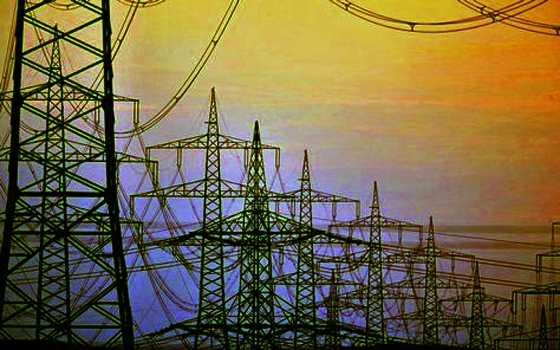With electricity demand in the Middle East and North African (MENA) countries set to grow at an average annual rate of 7 per cent per year, it’s estimated that as much as $283 billion will be invested within the region’s power sector between 2014 and 2018.
The proposed regional investment in electricity generation is as per the finding of Kuwait Financial Centre. The Gulf Cooperation Council (GCC) states are also projected to invest more than $300 billion in some 20 energy projects by 2020, which will generate eight gigawatts of additional power, according to Doha-based Gulf Organisation for Industrial Consulting (GOIC).
As a result of new development and increase in population, an increase of 11.9 per cent per annum is forecasted for electricity and 7.2 per annum per annum for water, through 2015. So, more gas production (including unconventionals) is a necessity for regional and global markets. MENA gas export growth is virtually all driven by Qatar and Algeria. Neither will grow much after 2015 – Algerian exports are already declining, Oman, Egypt exports are also declining. However, new importers are appearing such as Kuwait, Dubai, Bahrain and Fujairah.
Of the UAE’s current installed electricity generation capacity, almost 85 per cent of the power that’s generated is gas-based, while the other plants are oil-fired. Nearly all of Abu Dhabi and Dubai’s electricity comes from gas-based stations.
The UAE’s $20 billion civil nuclear program is on schedule with the country’s first nuclear reactor slated to start operations in 2017.
The UAE is currently working on plans to have four nuclear power reactors operational in Barakah by 2020, to generate 5.6 GWe of electricity. The first plant has been under construction since July 2012.
Gulf News
23 September
























































